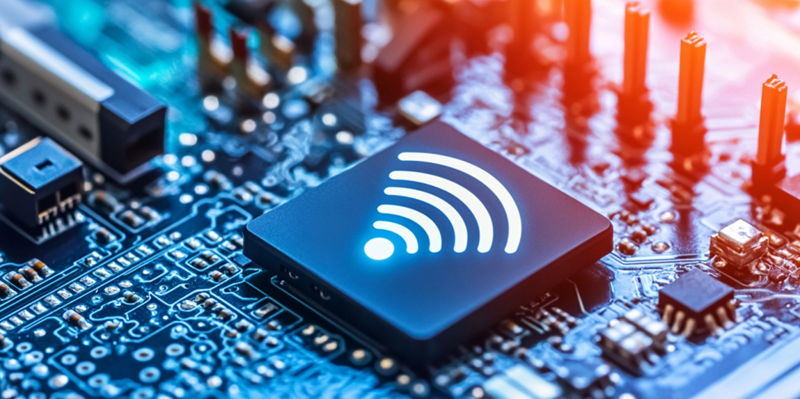In a groundbreaking achievement, researchers have successfully transmitted data wirelessly at an unprecedented speed of 938 gigabits per second. This extraordinary leap in wireless data transmission is over 9,000 times faster than the average 5G phone connection in the United Kingdom. To put this speed into perspective, it would allow the downloading of more than 20 average-length movies in merely one second. This milestone marks a significant advancement in technology, concentrating on overcoming the bandwidth limitations that current 5G networks face, particularly in densely populated settings like concerts, sports events, and crowded urban locations such as train stations.
Challenges of Current 5G Networks
Current 5G networks encounter various challenges due to their occupation of relatively narrow and low-frequency bands below 6 gigahertz (GHz). These bands struggle to support the high data demands prevalent in today’s technology-driven world. The problem is especially acute during large gatherings, where the limited bandwidth leads to congestion and interrupted service. The performance bottleneck has become a significant hurdle, compelling researchers and engineers to explore innovative solutions for higher data rates and enhanced connectivity. Zhixin Liu and his team at University College London have embarked on a mission to solve these problems by employing a more expansive range of frequencies for wireless data transmission.
To address these limitations, Liu’s team adopted an approach that utilizes a broader spectrum of frequencies, spanning from 5 GHz to 150 GHz. This pioneering method includes the use of both radio waves and light, allowing for a sophisticated multiplexing technique. By combining digital-to-analog converters for lower frequencies with lasers for higher frequencies, they were able to create a wider data band. This comprehensive frequency range enables the transmission of huge volumes of data, effectively addressing the constraints faced by conventional 5G networks. The analogy used by Liu describes the existing 5G networks as "narrow, congested roads" and his team’s expanded frequency range as a "10 carriage motorway," illustrating the drastic improvement in data flow and capacity.
Innovative Approaches and Future Implications
This innovative multiplexing method not only sets a new record for wireless data transmission but also holds enormous potential for future applications in 6G networks. While single data signals have been sent at speeds surpassing 1 terabit per second, the focus here is on multiplex data transmission where multiple data streams are sent simultaneously, dramatically increasing the overall transmission capacity. This establishes a foundational technology that could be pivotal for next-generation communication networks, allowing for seamless connectivity even in the most demanding environments.
In the pursuit of even faster data transmission rates, Liu’s team is already in discussions with smartphone manufacturers and network operators to explore practical applications of their breakthrough. This collaboration aims to integrate the 938 gigabits per second transmission technology into commercial devices and network infrastructure. However, the journey doesn’t end here. Other researchers and technology companies are also in the race, developing various competing methods for next-generation communication technologies, fueling a dynamic and competitive landscape in the tech industry.
Despite the inevitable competition, the consensus remains that expanding the range of frequencies used for wireless data is indispensable for overcoming the bandwidth challenges faced by existing networks. Liu’s research underscores the importance of pushing the frontiers of transmission rates, paving the way for innovative solutions that could revolutionize how data is transmitted and received. The integration of broader frequency ranges not only promises to enhance current capabilities but also to enable new applications and uses that are yet to be imagined, setting the stage for a new era of limitless connectivity.
Conclusion
In a groundbreaking achievement, researchers have successfully transmitted data wirelessly at a jaw-dropping speed of 938 gigabits per second. This remarkable advancement means transferring data over 9,000 times faster than the average 5G phone connection available in the United Kingdom. To give you an idea of the speed, you could download more than 20 full-length movies in just one second. This milestone signifies a major leap forward in technology, aiming to address the bandwidth limitations that current 5G networks encounter. These limitations often occur in densely populated areas such as concerts, sports events, and busy urban settings like train stations.
Overcoming these challenges could revolutionize how we experience wireless connectivity in everyday life. With such rapid data transmission capabilities, activities that require large amounts of data, such as streaming high-definition videos or virtual reality applications, could become more seamless and efficient. The breakthrough also holds promise for enhancing the performance of IoT devices and smart city infrastructure, thereby contributing to more connected and smarter urban environments.

